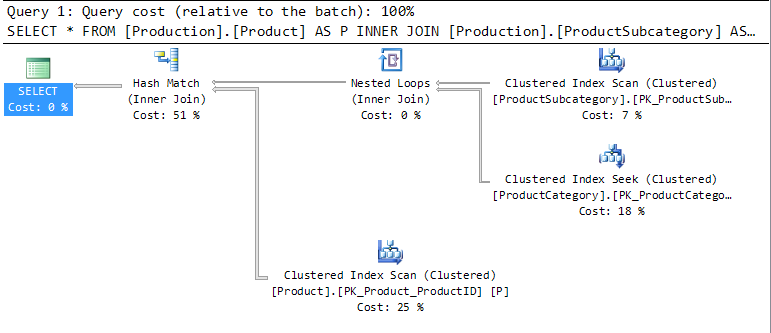In T-SQL Query Plan Analysis Prelude we looked at some common reasons why queries can sometimes go on a snail speed contest and that query plans are one of the ways we can know how to transform those carefree molluscs into caffeinated cheetahs.
So how exactly can query plans help us do that? Are they like magic wands that turn over-ripe pumpkins into dubious-expiry carriages and make used teeth disappear in return for equally used pennies?
Well… Hold that thought for a minute.





